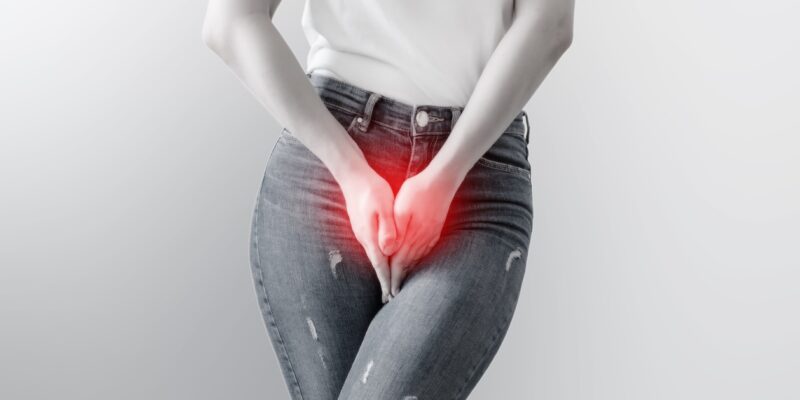Humans are able to move around freely and explore the world, thanks to legs and feet. Most people do not realise how lucky they can be to be able to walk and stand without any feeling of discomfort or needing any aid. It is a blessing to have a pair of legs that function well. However, some people might be unfortunate to have a healthy pair of lower limbs as they may feel pain or difficulties to walk or even sit. Medicine might not be enough to address the issue. We will learn about osteitis pubis in this article.
Before we proceed with osteitis pubis, you may want to understand a bit more about the body part that is affected by this condition. Pubic symphysis is a joint located between the left pelvic bone and right pelvic bone. Pubic symphysis is the spot where the 2 bones from the groin are attached. The 2 bones of the groin referred to the pelvic girdle with a pair of 2 fused bones (hip bones) and bony structure at base of the spine (consisting of sacrum and coccyx). In general, the pubic symphysis acts as a support as it holds the weight from the upper body and maintains proper body posture.
Osteitis pubis is an inflammatory condition that affects the pubic symphysis and the surrounding soft tissues. It is not exactly known the causes leading to osteitis pubis but it is commonly believed resulted from overuse stress injury to the pubic symphysis. Repetitive use causes injury and microtrauma to the muscle associated with pubic symphysis. Such resulted in muscle imbalance. This eventually leads to stress injury onto the pubic bone and cartilage degeneration. Other causes include certain surgical procedures, pregnancy and childbirth. Less commonly cause are rheumatologic disorders.
It is reported that osteitis pubis is commonly found in athletes such as in runners and kicking sports such as soccer. Due to the fact that osteitis pubis is not well understood, the number of people affected by this condition is not presented in true manner. This is especially true in non-athletes resulting from pelvic stress.
Symptoms of osteitis pubis are dominated by the groin pain. Lower abdominal pain is common. Patients may find the pain is aggravated by motion such as running, kicking or abrupt change of direction. Stretching motion such as separating the legs and thighs can worsen the pain. At times, the pain can be triggered by sneezing and coughing. Typically, pain is gradual but can be very distressing. Tenderness and swelling can be found at the front of the pelvis where the pubic symphysis is located. Weakness of the pelvis or limping can occur. Clicking in front of the pelvis may occur in some cases.
When a person experiences a symptom related to osteitis pubis, the patient should get checked by a doctor. This is because there are many other diseases that can cause groin pain and may be a serious condition such as testicular cancer. The best way to avoid such a situation is to get checked for the causes behind the groin pain despite osteitis pubis itself is considered not serious. Doctor will ask for medical history and do a physical examination on the pelvis. Typically, doctors will ask for x-ray to evaluate the symphysis. X-ray may not show any abnormalities of the symphysis in the early stage of osteitis pubis. Doctors may proceed with advanced imaging tests such as MRI scans to get a clearer image of the joint and bone of the pelvis.
Once a person is diagnosed with osteitis pubis, treatment provided is aimed to alleviate symptoms. It is recommended for patients to get rest and to avoid activities that can worsen the symptoms. Painkillers and anti-inflammatory medications can help to further ease pain and swelling. Patients can try using hot or cold compressed onto the groin area. Surgery is rarely needed or considered, unless conservative management fails to improve the condition within 6 months. As patients feel comfortable or pain has subsided, patients can try to resume with their daily life routine and do gentle exercises. It is best to talk with a doctor or physiotherapist on what exercises can be done to help fasten the healing process. Most athletes take about 3 months of rest before being able to resume with their sports activities.
What happens if osteitis pubis is left untreated? It can progress into other issues such as stress fracture, chronic laxity or ossification. These complications can greatly reduce the quality of life and possibly need extensive treatment. Hence, patients are advised to get medical advice when they start to feel groin pain that would not go away or a very painful one. Getting early diagnosis and the right treatment can ensure patients are able to do physical activities they love comfortably and safely.








Comments